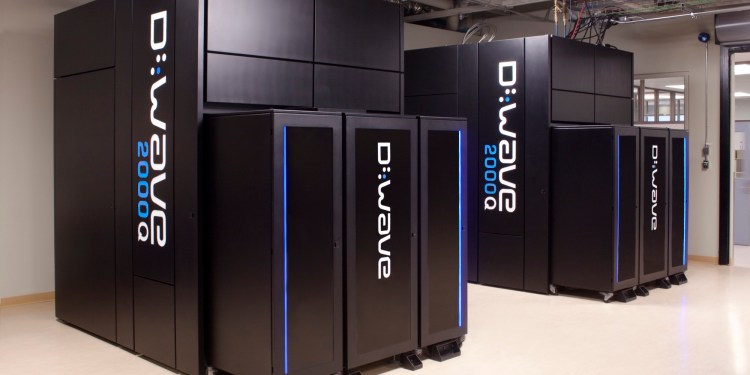D-Wave today announced the general availability of D-Wave Hybrid, its open source hybrid workflow platform for building and running quantum-classical hybrid applications. You can download D-Wave Hybrid, which is part of the company’s Ocean SDK, from GitHub.
Binary digits (bits) are the basic units of information in classical computing, while quantum bits (qubits) make up quantum computing. Bits are always in a state of 0 or 1, while qubits can be in a state of 0, 1, or a superposition of the two. Quantum computing leverages qubits to perform computations that would be much more difficult for a classical computer. Hybrid computing lets classical and quantum systems be utilized in parallel. (D-Wave’s quantum computers use quantum annealing.)
D-Wave first released Hybrid as a developer preview in December. The framework helps developers gain insight into system performance, optimize code across systems, and more easily develop quantum hybrid applications. It includes:
- Hybrid workflow control: Development of hybrid applications that can run across classical, the D-Wave 2000Q, and future quantum systems.
- Modular approach: Logic to simplify distribution of classical and quantum tasks. Developers can interrupt and synchronize across the systems and draw maximum computing power out of each.
- Problem deconstruction: Break down large problems that are bigger than the quantum processing unit (QPU) into parts.
- Familiar coding environment: Python-based framework and documentation includes examples for getting started without knowledge of quantum mechanics.
- Flexibility: Example hybrid workflows, allowing developers to explore which workflows are best for the problem they are solving.
- Real-time access to D-Wave 2000Q and Quantum Application Environment (QAE) resources, including learning tools, community, and technical forums.
Hybrid strategy
“Prior to the general availability of D-Wave Hybrid, building hybrid algorithms was much more ‘from scratch’ by each user,” Murray Thom, D-Wave’s VP of software and cloud services, told VentureBeat. “With today’s Hybrid availability, we’ve provided an on-board for developers to more quickly get started prototyping their hybrid applications.”
June 5th: The AI Audit in NYC
Join us next week in NYC to engage with top executive leaders, delving into strategies for auditing AI models to ensure fairness, optimal performance, and ethical compliance across diverse organizations. Secure your attendance for this exclusive invite-only event.
D-Wave today also laid out its software strategy moving forward: to build and optimize for hybrid today. “Three Truths and the Advent of Hybrid Quantum Computing” details how developers, researchers, and forward-thinking businesses can solve complex problems using both classical and quantum systems.

D-Wave wants to offer a hybrid platform that lets developers leverage the most appropriate computing resources for each part of their application, without worrying about the size and topology of the QPU. The hybrid platform also provides the flexibility for developers to experiment with different strategies for hybridizing their applications.
D-Wave also argues that its customers don’t care which system is running in the background. All that matters is that the solution is more effective and more efficient.
In short, D-Wave believes that quantum computing will always require classical systems. The hope is that pushing for hybrid will accelerate the progress of quantum computers as connectivity and size increases, while noise decreases. In February, D-Wave previewed its next-generation quantum computing platform, coming in 2020.

